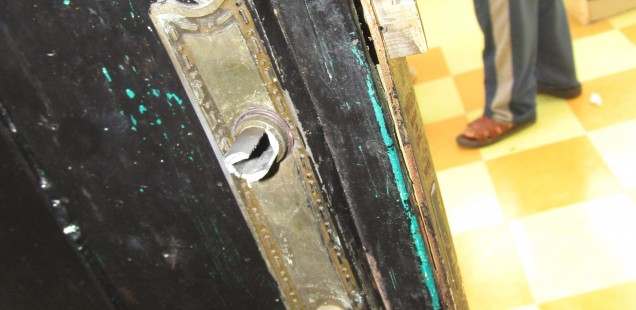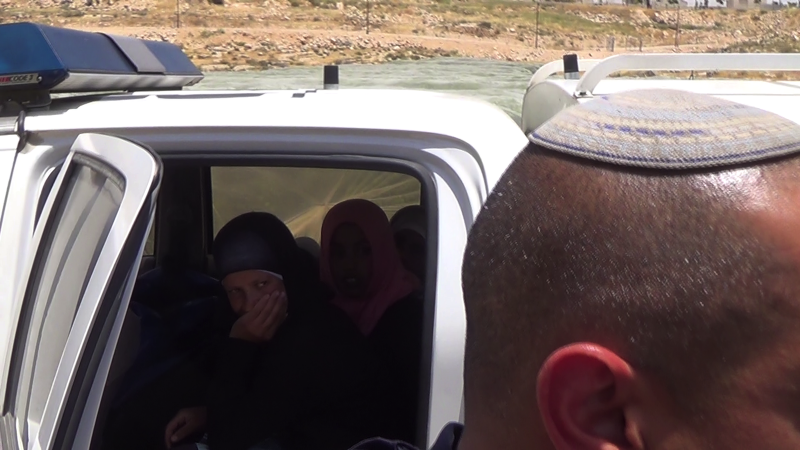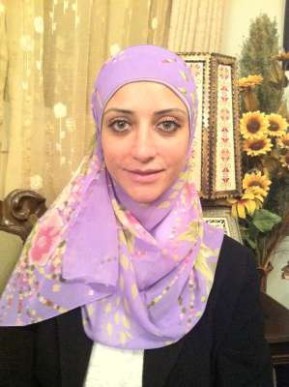Category: In the Media
-
The occupation never sleeps
30th May 2014 | International Women’s Peace Service | Deir Istiya, Occupied Palestine Over seven families in Deir Istiya were rousted from their beds in the early morning today, some to the sounds of banging on their doors, others to fully armed soldiers in their bedrooms. Approximately 200 soldiers entered the village, closing off the main road…
-
Four Palestinian 12-14 years old girls detained after settlers accused them of stealing cherries
29th May 2014 | Operation Dove | At-Tuwani, Occupied Palestine On May 27th, four Palestinian 12-14 years old girls from the South Hebron hills villages of Tuba and Maghayir Al Abeed were arrested by the Israeli police on the charge of theft of cherries in a field in which Israeli settlers from Ma’on settlement are growing several cherry…
-
6 beds, ink and one story
25th May 2014 | Mariam Barghouti | Occupied Palestine Since 1967, Israel has detained around 20% of the Palestinian population and approximately 40% of Palestinian males. The majority of those arrested are transferred into Israel, where they are held and if charged will most likely serve their sentence. Although this is a clear violation of Article 76 in the…



